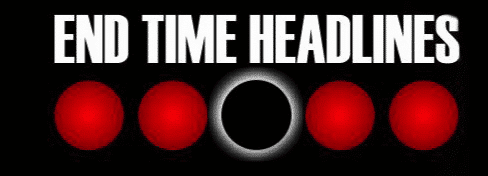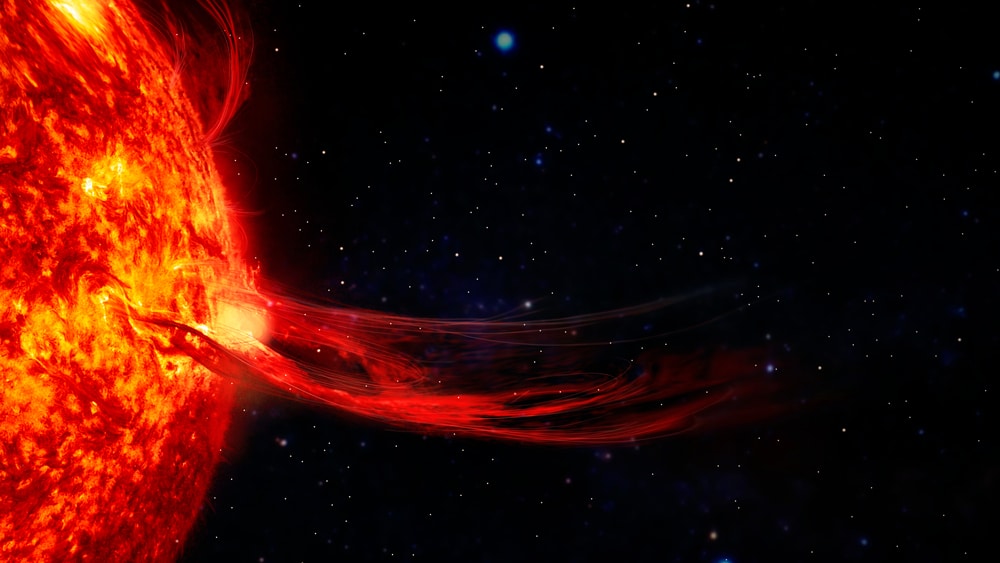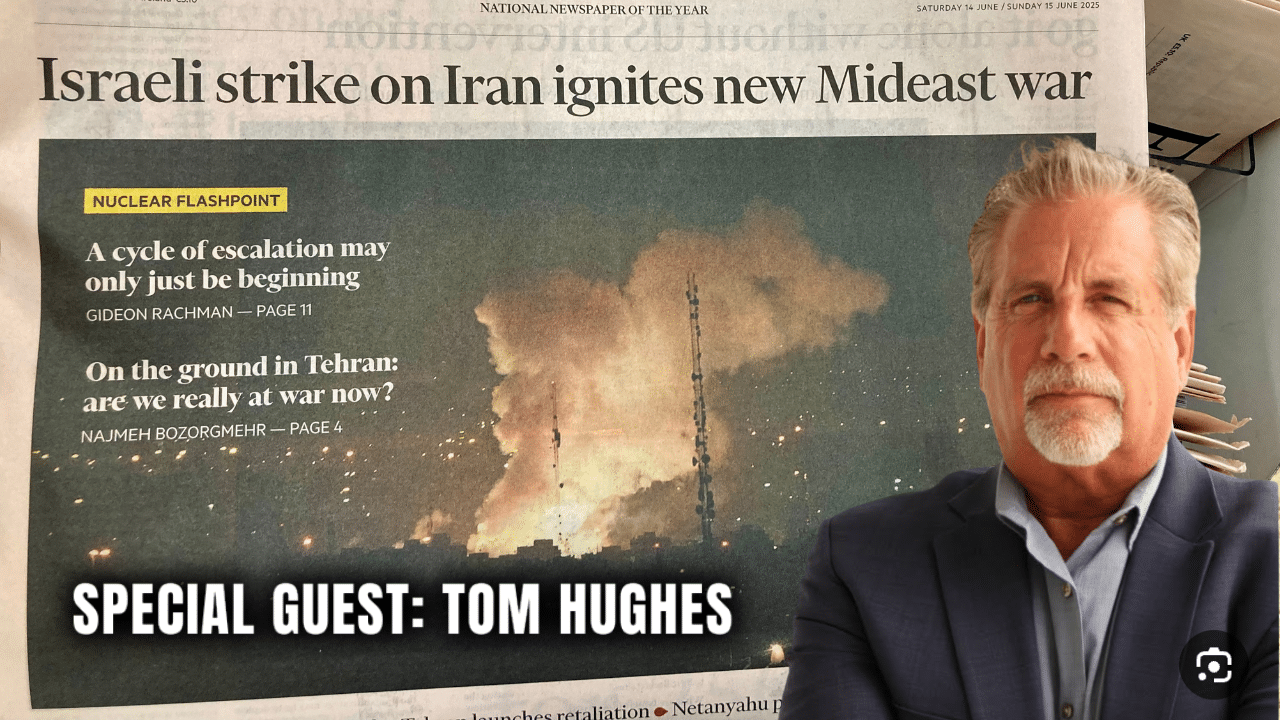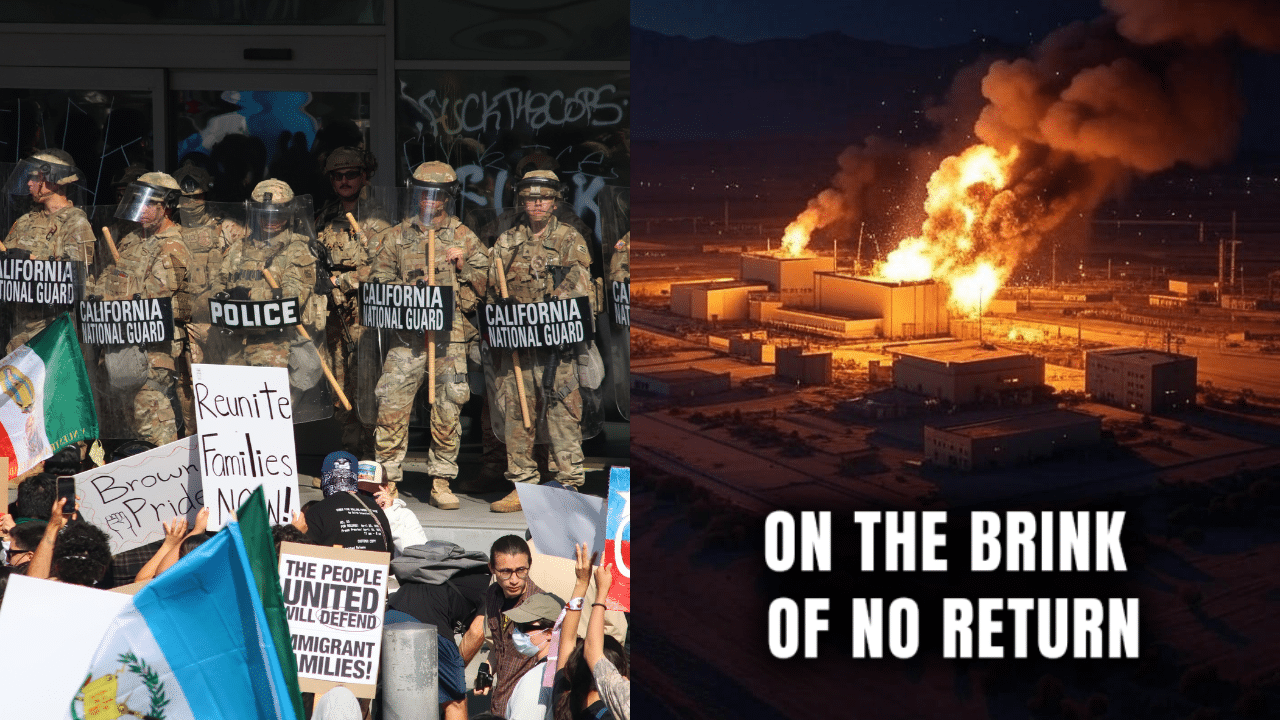A dazzling and rare celestial event is lighting up headlines and skies alike this weekend as 17 U.S. states are under upgraded alerts for viewing the Northern Lights following a powerful “double eruption” on the Sun.
The National Oceanic and Atmospheric Administration (NOAA) issued a G4 (Severe) Geomagnetic Storm Watch, one of the highest levels of alert, after two massive coronal mass ejections (CMEs) erupted from the Sun earlier this week.
According to Forbes, NOAA’s Space Weather Prediction Center (SWPC) said in an alert on Friday that the Earth-directed CMEs could disrupt satellite communications and power grids, but also create ideal conditions for aurora sightings much farther south than usual.
“This is an unusual event,” said NOAA space weather forecaster Shawn Dahl. “We’re expecting the impacts to reach Earth late Friday and persist through the weekend.”
Typically, aurora borealis is confined to northern regions like Alaska, Canada, and parts of the northern Midwest. However, the strength of the geomagnetic storm this time may allow viewers in states as far south as Alabama, Northern California, and Oklahoma to see the lights.
CNN reports that 17 states, including New York, Ohio, Iowa, and Illinois, are within the range of possible aurora sightings, especially in dark-sky areas away from city lights.
“If conditions hold, people across the Northern U.S. could be treated to a beautiful and rare display,” said Bill Murtagh, program coordinator at SWPC.
The term “double eruption” refers to the back-to-back CMEs that were ejected from the same active region on the Sun. These types of solar events can amplify geomagnetic storms when their energy combines and arrives at Earth in close succession.
SpaceWeather.com explains that this particular double eruption may act like a “one-two punch,” increasing the strength of the geomagnetic storm and enhancing the aurora’s visibility.
“We could be looking at the most significant geomagnetic event in years,” the outlet noted. — SpaceWeather.com










